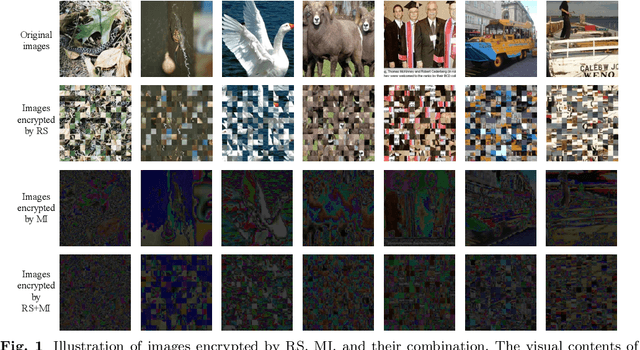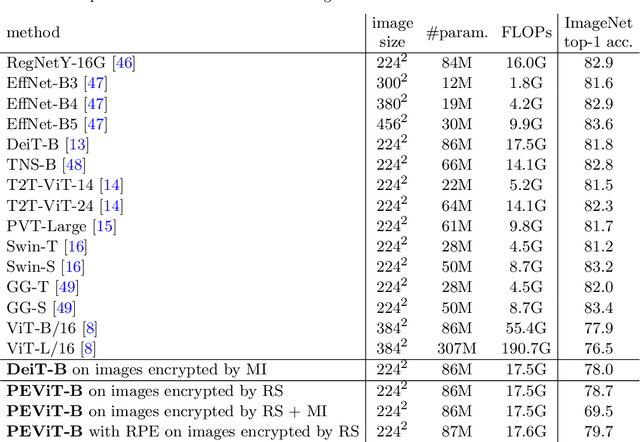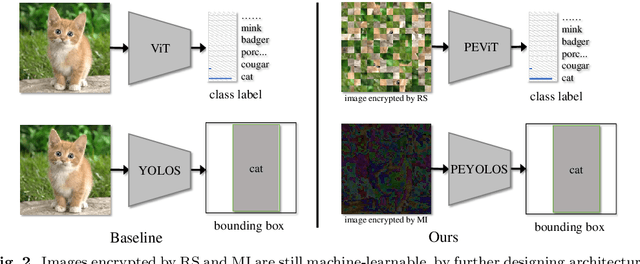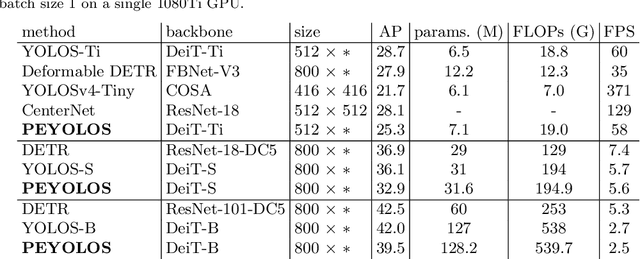Fusheng Hao
Human-imperceptible, Machine-recognizable Images
Jun 06, 2023



Abstract:Massive human-related data is collected to train neural networks for computer vision tasks. A major conflict is exposed relating to software engineers between better developing AI systems and distancing from the sensitive training data. To reconcile this conflict, this paper proposes an efficient privacy-preserving learning paradigm, where images are first encrypted to become ``human-imperceptible, machine-recognizable'' via one of the two encryption strategies: (1) random shuffling to a set of equally-sized patches and (2) mixing-up sub-patches of the images. Then, minimal adaptations are made to vision transformer to enable it to learn on the encrypted images for vision tasks, including image classification and object detection. Extensive experiments on ImageNet and COCO show that the proposed paradigm achieves comparable accuracy with the competitive methods. Decrypting the encrypted images requires solving an NP-hard jigsaw puzzle or an ill-posed inverse problem, which is empirically shown intractable to be recovered by various attackers, including the powerful vision transformer-based attacker. We thus show that the proposed paradigm can ensure the encrypted images have become human-imperceptible while preserving machine-recognizable information. The code is available at \url{https://github.com/FushengHao/PrivacyPreservingML.}
Anchor-based Nearest Class Mean Loss for Convolutional Neural Networks
Apr 22, 2018



Abstract:Discriminative features are critical for machine learning applications. Most existing deep learning approaches, however, rely on convolutional neural networks (CNNs) for learning features, whose discriminant power is not explicitly enforced. In this paper, we propose a novel approach to train deep CNNs by imposing the intra-class compactness and the inter-class separability, so as to enhance the learned features' discriminant power. To this end, we introduce anchors, which are predefined vectors regarded as the centers for each class and fixed during training. Discriminative features are obtained by constraining the deep CNNs to map training samples to the corresponding anchors as close as possible. We propose two principles to select the anchors, and measure the proximity of two points using the Euclidean and cosine distance metric functions, which results in two novel loss functions. These loss functions require no sample pairs or triplets and can be efficiently optimized by batch stochastic gradient descent. We test the proposed method on three benchmark image classification datasets and demonstrate its promising results.
 Add to Chrome
Add to Chrome Add to Firefox
Add to Firefox Add to Edge
Add to Edge